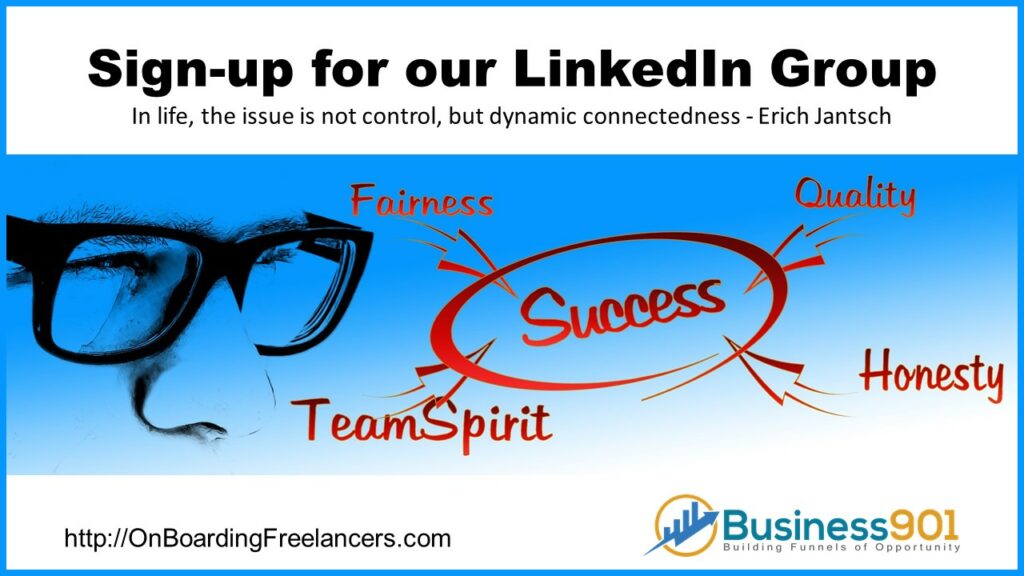
I believe the use of developers has enabled freelancers to expand both in roles and higher prices. During the digital transformation period, freelancers have moved into other strategic areas of business.
Freelancers allow us:
-
-
- Have project-specific help
- Offer outside thinking and expertise
- Enable different use of platforms
- Different culture perspectives
- Increase the speed of getting things done
-
Freelancers in and out of IT assist across the entire spectrum as depicted in the Cascade of Choices adapted from Playing to Win. These choices are associated with a unique method of engagement which I think acts as a detriment to the full utilization of freelancers within an organization. It creates a “special” circumstance for each and every instance, and poor management of the resource often ensues. Alternatively have an outline, for example, use the Cascade of Choices to develop a standard based on roles. You may want to have a freelance expert or go-to-source to clarify, accelerate and manage.
Find Your Focus
 We have all heard sayings like this before, “Most of the mistakes in thinking are inadequacies of perception rather than mistakes of logic.” —Edward de Bono. Projects that have an extended life need a little more substance than simply target identification. We are often in a hurry to get to the doing stage. I would challenge you to think of the Focusing stage as an integral part of doing. This should not be done in isolation, and this outline provides an immediate opportunity to take the reflective process into a collaborative process. I have found Richard Sagor’s method concise for developing a well-structured focus. Remember, that this is not only for ourselves but for others, and often needed for project funding.
We have all heard sayings like this before, “Most of the mistakes in thinking are inadequacies of perception rather than mistakes of logic.” —Edward de Bono. Projects that have an extended life need a little more substance than simply target identification. We are often in a hurry to get to the doing stage. I would challenge you to think of the Focusing stage as an integral part of doing. This should not be done in isolation, and this outline provides an immediate opportunity to take the reflective process into a collaborative process. I have found Richard Sagor’s method concise for developing a well-structured focus. Remember, that this is not only for ourselves but for others, and often needed for project funding.
As Sagor sums it up;
Why is Having a Clear Vision So Necessary? Opportunities rarely exist for going back and giving things a second try. This very real risk of losing our direction and thereby failing to reach our desired destination should motivate us to be disciplined and deliberative when planning our action research—that is, our planned exploration of a not-yet-visited destination.
How do you think through hiring a Freelancer? 
Do you have a plan to empower the outcome? To fully utilize their capabilities? This A3 is focused on empowering the freelancer within your organization. This is the pre-planning stage before hiring. However, I think it is a dynamic document that can be used in other ways as the engagement continues. This A3 is focused on empowering the freelancer within your organization. This is the pre-planning stage before hiring. However, I think it is a dynamic document that can be used in other ways as the engagement continues. The levers and three steps of change are adapted from the book, The Five Levers to Improve Learning by Frontier and Rickabaugh.
Heifetz and Linsky, in the book Leadership on the Line, state:
the single most common source of leadership failure is that people treat adaptive challenges like technical problems.”
I think this happens to a freelancer that we sort of cross over these boundaries and projects tend to drift or become less productive. Often, there is a misconception of the magnitude of the challenge which results in solutions that require a different type of change than proposed such as a transformational change versus a transactional change. Or, the flip side may offer a transformational versus the needed transactional which can over-complicate the offering or create non-competitive pricing.
Download PDF of this Preplanning Sheet:
Are You Hiring Freelancers for Project or Product Work?
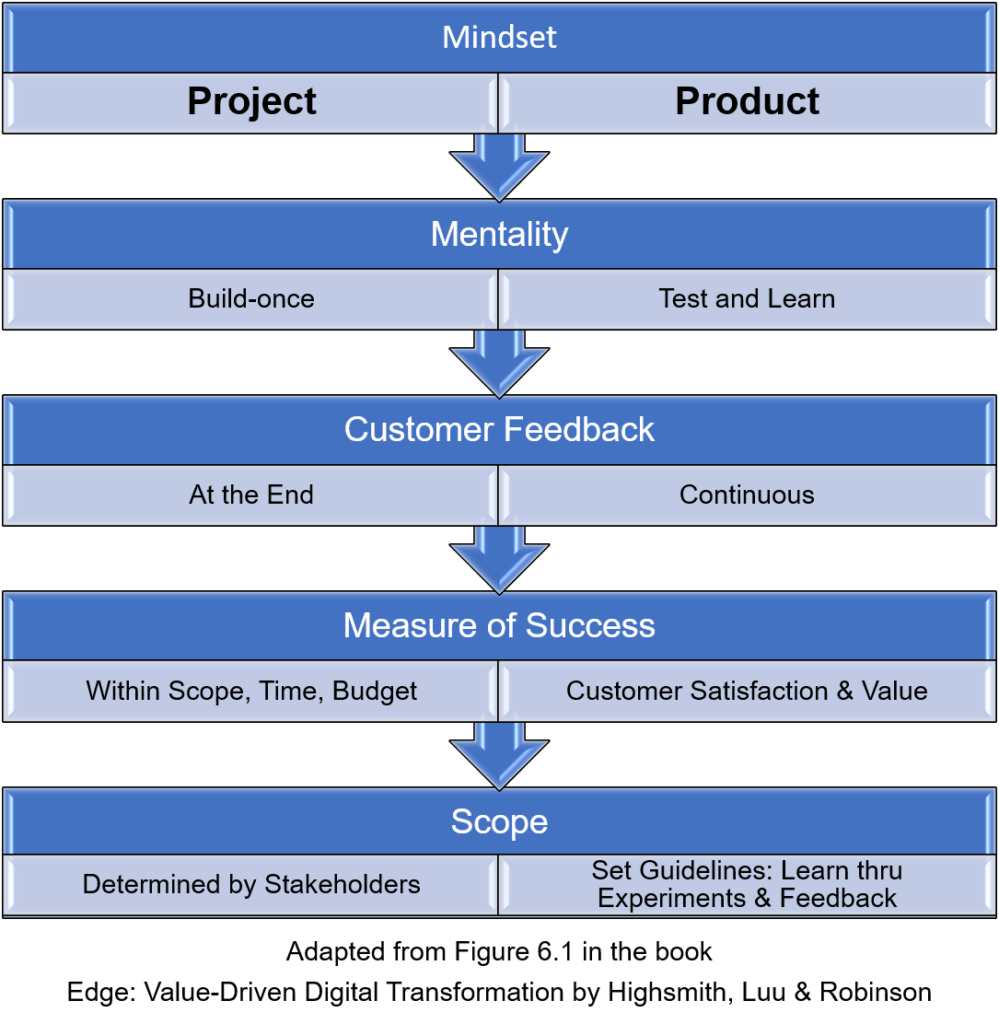 If there is one area that I find that blurs in Freelance work it is the conception of Product vs Project. The basic definition of a project is that it has a beginning and an end whereas products deliver repeated value to a customer. As I was reviewing Highsmith, Luu and Robinson’s new book the Edge this table jumped off the page at me as to where many times it becomes confused. It is not simply the definition and the actions of people hiring freelancers but myself as a freelancer where I left project scope to drift.
If there is one area that I find that blurs in Freelance work it is the conception of Product vs Project. The basic definition of a project is that it has a beginning and an end whereas products deliver repeated value to a customer. As I was reviewing Highsmith, Luu and Robinson’s new book the Edge this table jumped off the page at me as to where many times it becomes confused. It is not simply the definition and the actions of people hiring freelancers but myself as a freelancer where I left project scope to drift.
I have struggled in the past as many Freelance engagements sort of cross-pollinated between the columns. One of my ideas that I have tried is to be more Scrum-like in iterations and keep projects as projects – time-based. Also when projects appear in Product style job to break it out as a project. This may seem like Project/Product Management 101 but as the Freelancer, it is not quite that easy as the new kid on the block to make it happen.
Conditions for Consensus Decision Making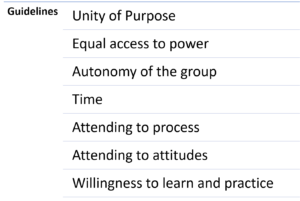
As a Freelancer, will you recognize how the group will reach a consensus? Most groups work with the idea of sufficient consensus which does not mean more than 50% rather 80% of the group is willing to commit and act. Some efforts will even fall into the “no-decision” category. Is the appropriate action being created for you to achieve clarity around the decision-making process? Are the needed conditions enabled?
Adapted from the book The Adaptive School, Conditions for CDM is from the work of The Center for Conflict Resolution
What type of Project Management System do you use with a Freelancer? Agile, Scrum, Waterfall, Kanban, Other
The one that has influenced me the most on Agile Project Management is Jim Highsmith’s book of the same name. In this book, Jim demonstrates what iterative project management is all about. I especially like the terminology he uses moving from Plan-do, which just about always results in a linear, waterfall approach and the more traditional names of Initiate, Plan, Define, Design-Build, and Test.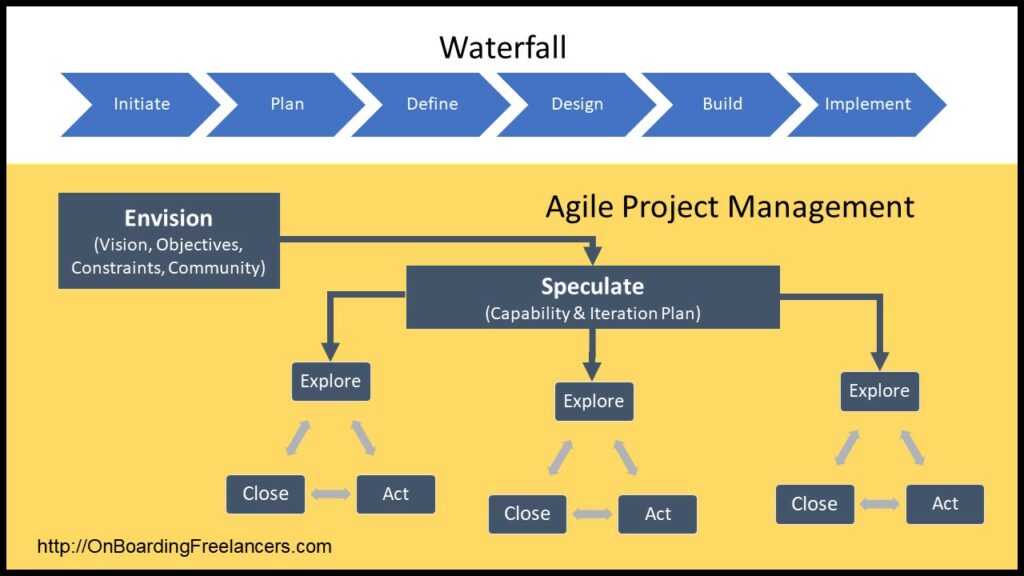
Instead, he uses Envision, Speculate, Explore, Adapt, and Close (ESEAC). Highsmith uses Envision to form the structure or better yet the skeleton for the project and then the Speculate-Explore-Act (S-E-A) as an overall cycle with Explore-Act being smaller iterations within SEA until the project is Closed. You will have multiple iterations using E-A within S-E-A, and your larger iteration of S-E-A may even be adjusted as we learn more through the project. I will also add that individual E-A may close at different times and that you could even have separate S-E-A path in larger projects.
Many times a Freelancer gets hired, the person/organization doing the hiring does not have a good project management system in place. The failure of the Project and Freelancer is just simply the result of a poor plan.
We should start by doing something small which will be more effective than trying to take big leaps which can be a real stopper. Simply stated, small iterations are more effective than taking large leaps. If you want momentum, you have to be able to move in a decisive manner and move with meaning. There are 3 basic obstacles that prevent people from implementation:
1. Information Overload – trying to learn too much about too many things
2. Negative Filtering – engaging in negative thought processes that prevent opening our minds to opportunities
3. Lack of Follow-up – not having a plan to put the new knowledge into action.
I typically introduce and suggest Trello utilizing a version of the Highsmith A3, (LinkedIn Article: https://lnkd.in/ehMuXbn). This enables me to get started quickly, encapsulating and documenting the entire project (Projects have a beginning and end). I stay out of communication platforms such as Slack, Email and other messaging services. More importantly, all the material and messaging gathered can be owned by the Project owner. Multiple projects can easily be added through another board. Different Epic (Speculate) Stories can be added to the same by using label colors. The book name is Agile Project Management by Jim Highsmith.
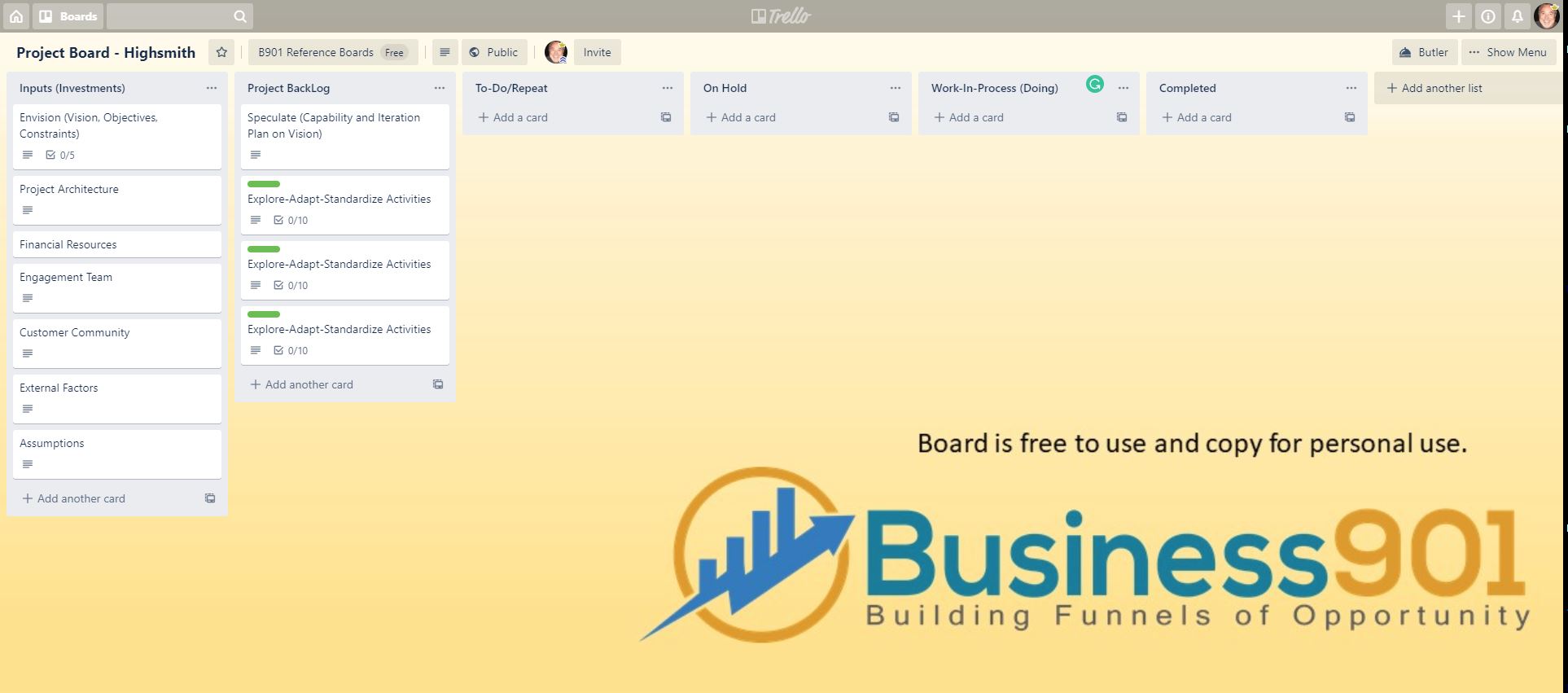
Please feel free to copy board: https://trello.com/b/1bO6SgQx/project-board-highsmith
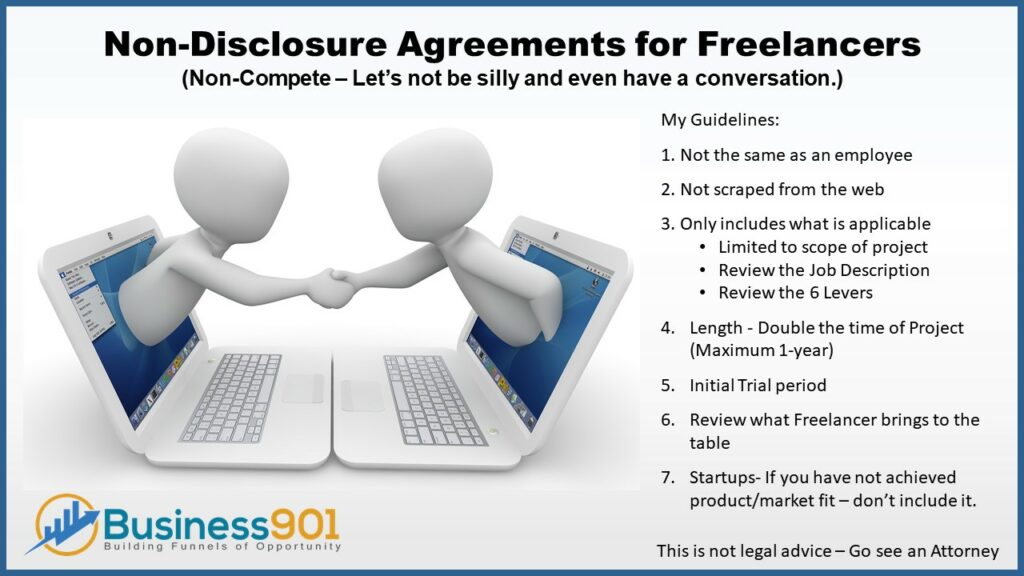
Non-Disclosure Agreements for Freelancers
There is probably not one thing that has prevented me more from getting hired than my refusal to sign an NDA. Half of them are created for a full-time employee and the other half have been scraped from the web and altered to make them more one-sided. If you can’t afford to have one professionally done, how do you expect to enforce one?
An NDA for a freelancer needs to be limited in scope not expanded. My preplanning outline is a great starting point for reviewing your present NDA. Looking at the levers and type of change the project requires can often eliminate the need for an NDA.
A couple of points that I would emphasize is that if one would be required to make it known at the beginning, even in the job description. I would encourage a short trial period to determine that both parties want to continue working together before signing. A poor NDA discourages many “good” freelancers from accepting the position.
This is not legal advice – Go see an Attorney
These are the types of conversations I would like to have in the group. Please consider joining the LinkedIn Group if you feel like you can contribute or would just like to learn from the conversation.
LinkedIn Group: http://OnboardingFreelancers.com

